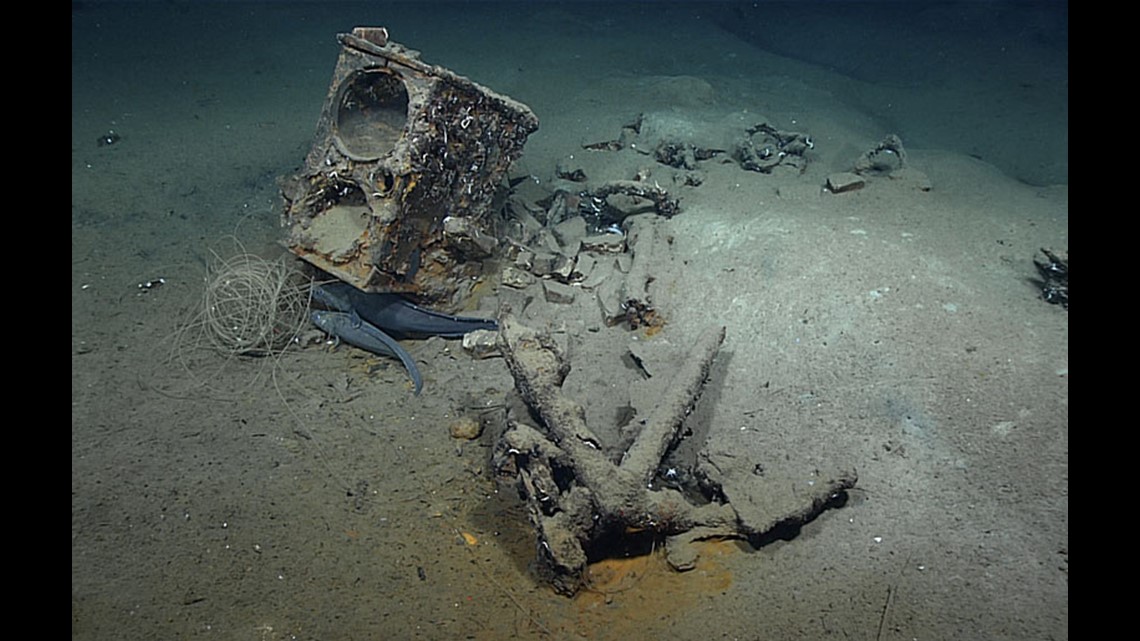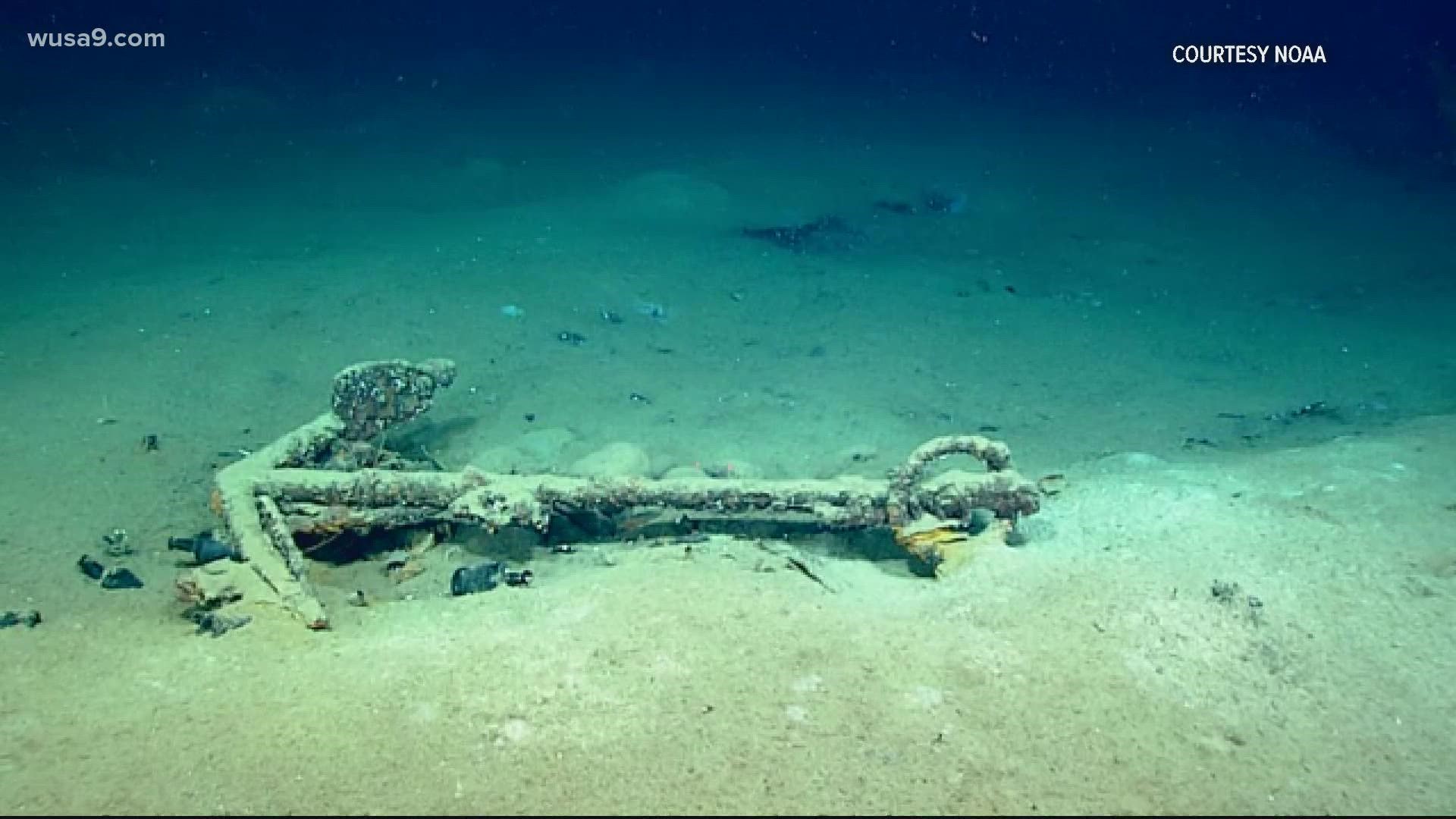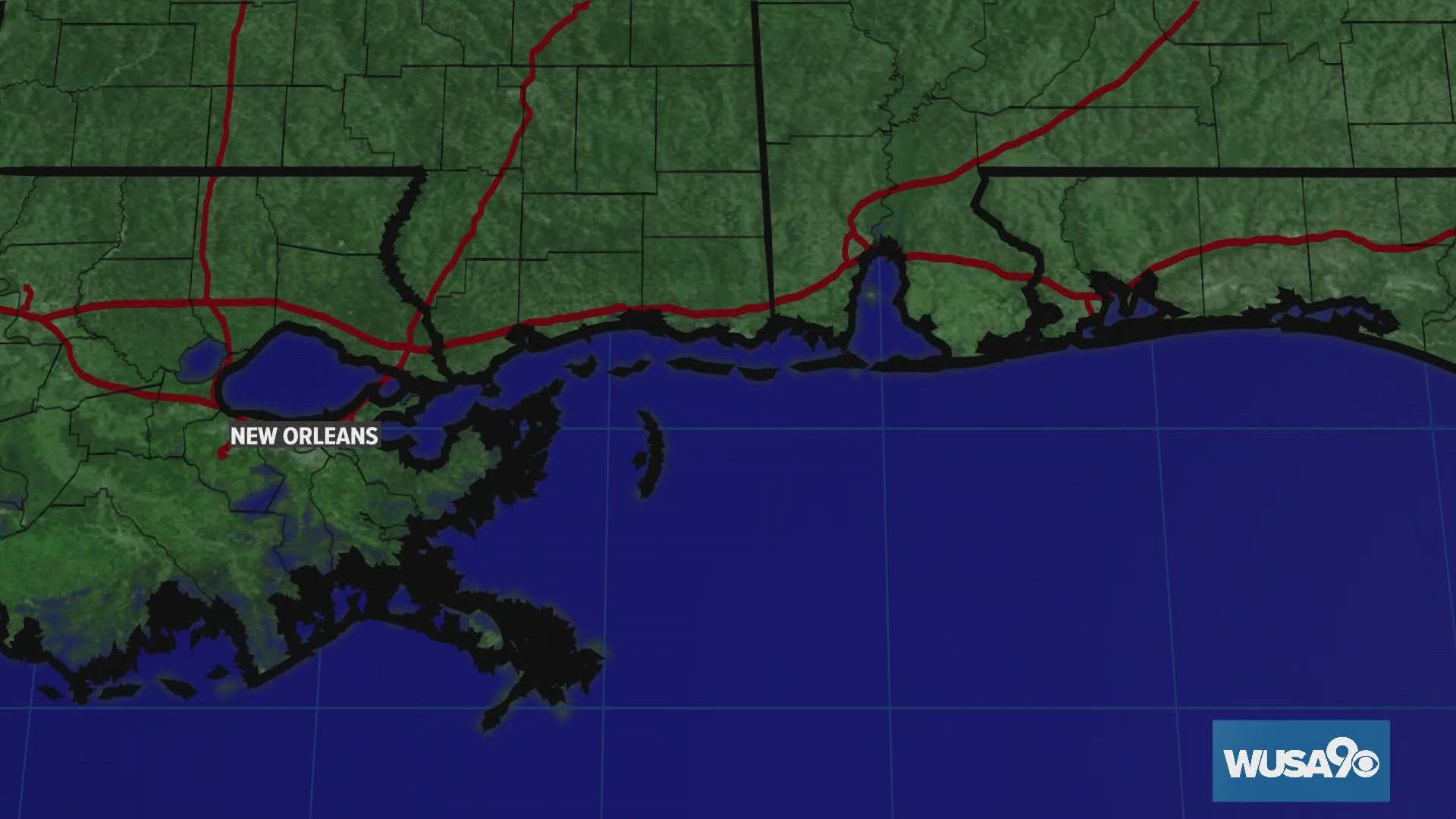WASHINGTON, D.C., USA — A 64-foot long, two-masted wooden brig has been discovered at the bottom of the Gulf of Mexico. The 207-year-old whaling ship named 'Industry' was first spotted by an energy company in 2011 but the ship wasn’t fully examined until Feb. 25, 2022.
According to the National Oceanic and Atmospheric Administration (NOAA), Industry sank on May 26, 1836, about 70 miles from the mouth of the Mississippi River. A strong storm broke its mast and cracked open the hull. This was the only known whaling ship to ever sink in the Gulf of Mexico.
NOAA Ship Okeanos Explorer sent a remotely operated vehicle 6,000 feet down to investigate the wreckage. They found one of the ships anchors as well as a cast-iron stove with two large kettles that were used to render whale blubber into oil. Industry primarily was used to hunt sperm whales.
The discovery of Industry also opens up a door to the intricate social and economic climate of the 1800s.
Industry’s crew was mostly made up of decedents of African enslaved people and Native Americans. When the shipwrecked men were rescued, they were taken back to Massachusetts, where the ship was originally from. Slavery was not yet abolished in the south, which meant if the crew from the Industry made it ashore, they could have been sold into slavery.


NOAA spoke with the U.S. Deputy Secretary of Commerce Don Graves who said, “This 19th-century whaling ship will help us learn about the lives of the Black and Native American mariners and their communities, as well as the immense challenges they faced on land and at sea.”
More information on NOAA Ship Okeanos Explorer can be found here.
Places like Annapolis and D.C. are expected to more than triple the amount of flooding in 2030 compared to the year 2000, NOAA says.


